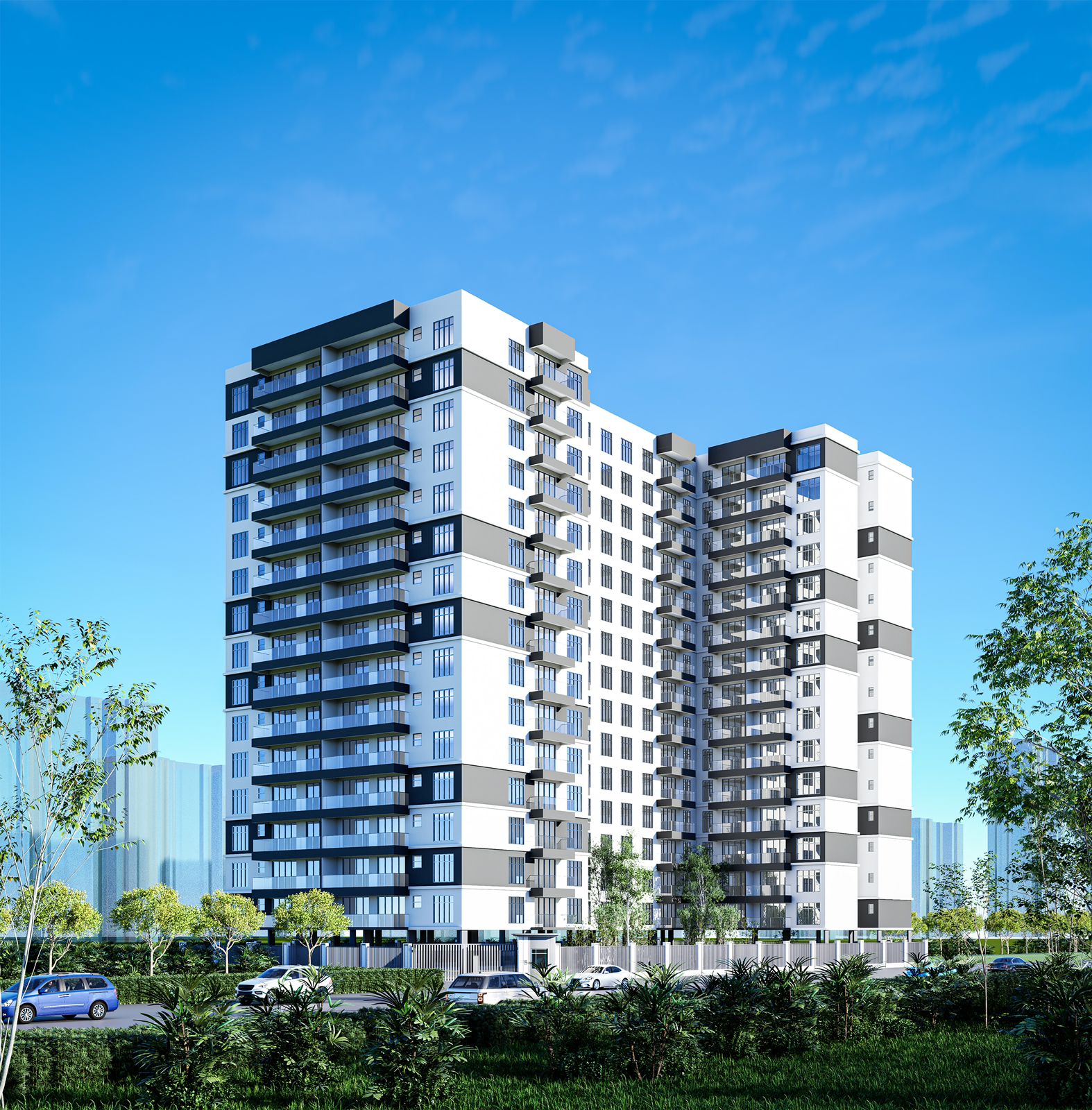Kenya is a country located in East Africa that has experienced rapid economic growth in recent years, leading to a surge in the real estate sector. As the country’s population grows and urbanizes, there is a high demand for housing, commercial spaces, and infrastructure. In this blog, we will explore the real estate market in Kenya and some of the trends and challenges it faces.
Residential Real Estate
The demand for housing in Kenya has been on the rise in recent years, fueled by the growing middle class and the country’s population growth. According to the World Bank, the urban population in Kenya has been growing at a rate of 4.3% annually, leading to a deficit of over 2 million housing units.
This has led to an increase in the construction of affordable housing units, particularly in Nairobi, the capital city. The government’s Big Four Agenda, which aims to provide affordable housing, has also contributed to the growth of the sector. However, despite these efforts, the cost of housing remains high, making it difficult for low-income earners to access decent housing.

1 and 2 BHK Apartment for Sale in Garden City
Garden City Mall, Thika Road, Nairobi, Kenya
3 & 4 Bedroom for Sale near Thome Estate, Nairobi
Garden City Mall, Thika Road, Nairobi, Kenya
Prestigious Residence Apartments for Sale in Thome Estate
Garden City Mall, Thika Road, Nairobi, Kenya
4 bedroom Bungalow for Sale in Juja
Juja, Kenya
4 Bedroom House for Sale near Kamakis
Ruiru, KenyaCommercial Real Estate
The commercial real estate sector in Kenya has also experienced significant growth, particularly in the retail and office segments. The retail sector has seen an increase in the number of shopping malls and supermarkets, catering to the growing middle class. The office sector, on the other hand, has seen an increase in the construction of high-rise buildings, particularly in Nairobi’s central business district.
However, the COVID-19 pandemic has had a significant impact on the commercial real estate sector. Many businesses have had to shut down or reduce their operations, leading to a decrease in demand for office and retail space. This has led to a decrease in rental prices, and landlords have had to offer incentives to attract tenants.
Challenges
Despite the growth in the real estate sector, there are several challenges that it faces. One of the major challenges is the high cost of financing, which makes it difficult for developers to access capital. This has led to a reliance on foreign investors, who often demand higher returns on their investment.
Another challenge is the slow and cumbersome process of acquiring land and obtaining necessary approvals. This has led to delays in construction projects and increased costs, making it difficult for developers to deliver projects on time and within budget.
Conclusion
In conclusion, the real estate sector in Kenya has experienced significant growth in recent years, driven by population growth, urbanization, and a growing middle class. However, the sector also faces several challenges, including high financing costs and a slow approval process. Despite these challenges, the future of the real estate sector in Kenya looks promising, and there are opportunities for both local and foreign investors to invest in the sector.

Maisonette for Sale in Ongata Rongai
Ongata Rongai, Kenya
Luxury 4 Bed Villa for sale in Ongata Rongai
Ongata Rongai, Kenya
Home for sale in Ongata Rongai
Ongata Rongai, Kenya
The Blackwood Villa - House for Sale in Ongata Rongai
Ongata Rongai, Kenya
